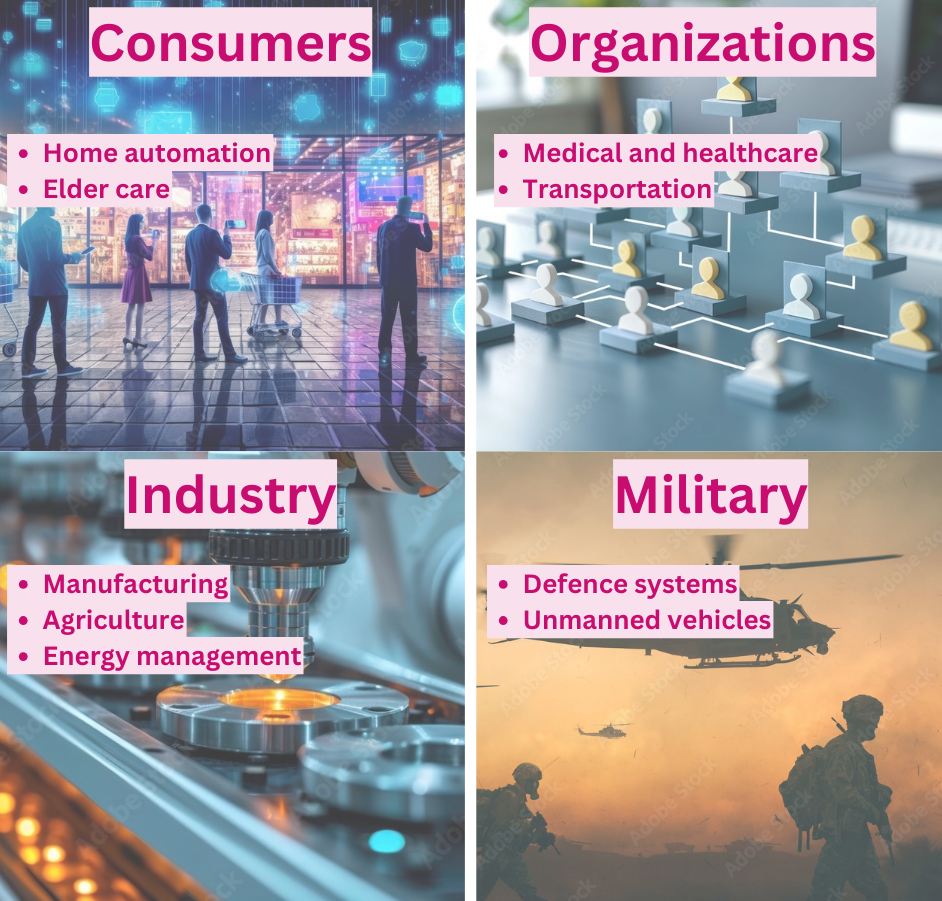What is Internet of Things?
The internet of things, or IoT, is a network of interrelated devices that connect and exchange data with other IoT devices and the cloud. IoT devices are typically embedded with technology such as sensors and software and can include mechanical and digital machines and consumer objects.
"The cloud" refers to servers that are accessed over the Internet, and the software and databases that run on those servers.
A thing in the internet of things can be a person with a heart monitor implant, a farm animal with a biochip transponder, an automobile that has built-in sensors to alert the driver when tire pressure is low, a smart light bulb that can be controlled with a smart phone, or any other object that can be assigned an Internet Protocol (IP) address and is able to transfer data over a network.

